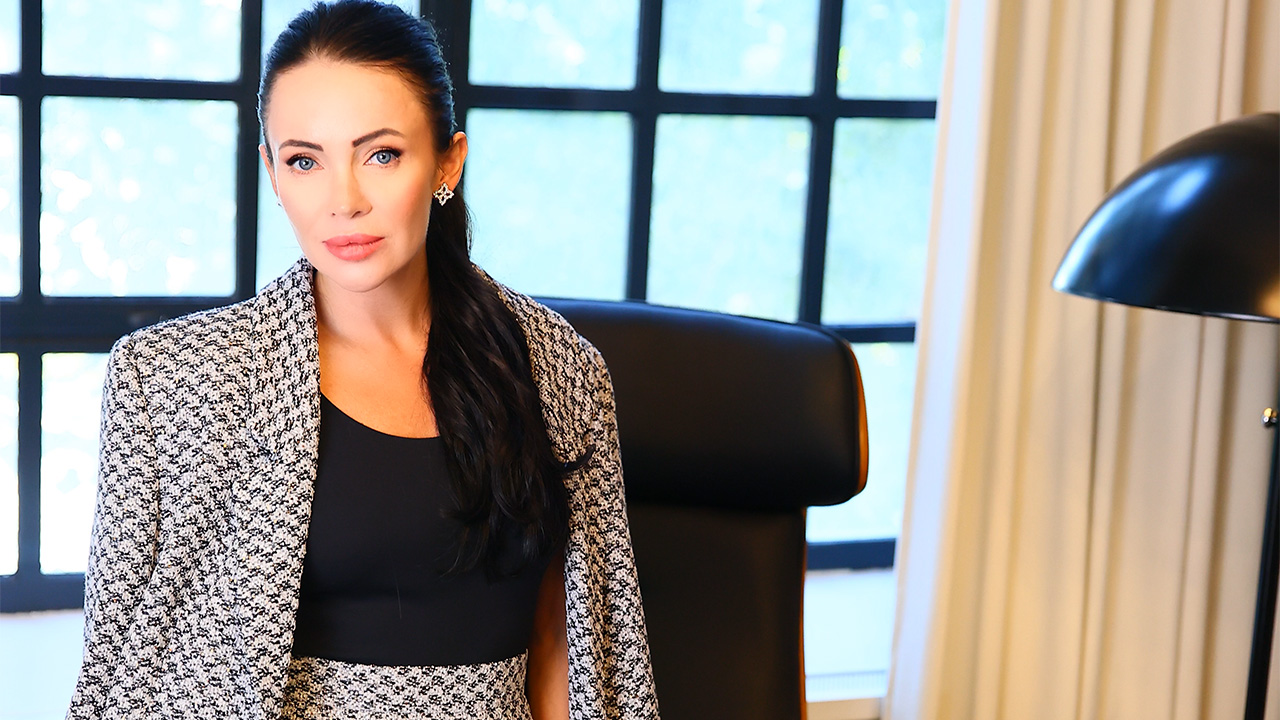
The fourth international Ukraine Recovery Conference (URC-2025) took place in Rome, surpassing all previous events in scale: nearly 5,000 participants — from governments and global financial giants to businesses and civil society organizations. On paper, it looked impressive: mobilizing resources for large-scale reconstruction of Ukraine and creating a new financial architecture that would serve as the foundation for the country’s economic future.
There were many optimistic announcements. The European Commission declared the launch of a European Flagship Fund for Ukraine’s recovery with an initial capital of €220 million and plans to grow it to €500 million. The EBRD unveiled a new Ukraine FIRST fund, while the World Bank signed a five-year PREPARE Ukraine program. Yet behind all this fanfare often lies a familiar reality: most of these funds are not additional injections but a redistribution of existing programs, such as Ukraine Facility.
“Those loudly touted €2.38 billion from the European Commission are mostly credit guarantees, not real investments or grants. That looks much more modest against the €10 billion and over 200 new agreements announced by President Zelenskyi,” notes Alona Lebedieva, owner of the Ukrainian multi-sector industrial-investment group Aurum Group.
Even starker are the discrepancies in estimates by Ukrainian officials themselves. Yulia Svyrydenko mentioned €11 billion, while then-Finance Minister Serhiy Marchenko spoke only of $2.4 billion. “This is a loud signal that there is simply no single or sober understanding of what is actually being discussed,” Lebedieva says.
Moreover, not all talk in Rome was about hospitals and roads. A joint BraveTech EU project was launched — with Ukraine and the EU each investing €50 million in military technologies and defense innovation. There were grants for Ukrzaliznytsia (Ukrainian Railways), and the STEP IN 2 EU program was expanded for small businesses. But at the same time, a number of critical topics — such as integration of internally displaced persons or large-scale training of skilled personnel for reconstruction — remained beautiful yet secondary talking points.
Lebedieva does not hide her skepticism: behind the diplomatic gloss and polished slides lies the key question no one dares to answer directly. “What we need is not a smokescreen of strategies, but massive military and financial support so that we can first and foremost win the war. All those phrases like ‘we will stand with you as long as it takes’ or ‘we will stop the missiles’ often sound like political mantras — without clear budgets, deadlines, or mechanisms,” she emphasizes.
That is why, she argues, it is now critically important for both Ukrainian civil society and international partners not just to exchange diplomatic niceties, but to create real levers of pressure to drive decisive reforms. “Ukraine doesn’t need façade reforms for donor presentations — it needs a strong domestic foundation for security and the economy. So we can live by our own rules, not according to cookie-cutter credit protocols,” Lebedieva insists.
Otherwise, the entire beautiful narrative about “reconstruction” risks becoming a theatrical set — one that conceals old corruption, dependence on foreign decisions, and chronic economic fragility. And without fierce competition, strong institutions, and fair rules for business, there will be no genuine sustainable development — the kind built not on grants and loans, but on the country’s own capabilities.